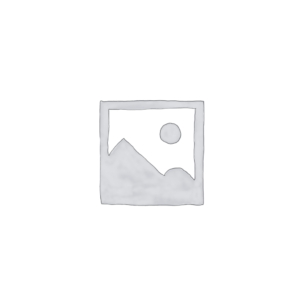Description
* Please note that the recording links will be delivered to you via a downloadable document in your confirmation e-mail. The materials that corresponds with the recording will be automatically delivered upon purchasing via email from the website.
WHAT?
Overdraft services will very likely be a “target” for regulatory scrutiny in 2022 The CFPB issued two separate reports last year in December, one on overdraft reliance and one on fee amounts and policies among institutions. The FDIC also focused its December 10, 2021, issue of “FDIC Consumer News” on overdrafts and related fees. The OCC’s acting Comptroller, Michael Hsu, focused his speech to the Consumer Federation of America’s Annual Financial Services Conference on reforming bank overdraft practices. Overdraft protection programs are subject to regulatory rules, exposing banks to potential reputational, compliance and litigation risks. How can financial institutions offer overdraft services while ensuring compliance?
WHY?
- Civil Money Penalties, and enforcement actions
- Financial impacts to consumers during the pandemic
- Class action lawsuits
- Regulatory guidance for the Coronavirus
- New leadership at the CFPB
Bank regulators continue to scrutinize overdraft programs. In August 2020, the Consumer Financial Protection Bureau (CFPB) required corrective action and announced a settlement of $122 million with TD Bank for marketing and sales practices for its overdraft service, deceptive claims and Fair Credit Reporting Act violations. NBT Bank, N.A. agreed to make a cash payment of $4.25 million in a class action lawsuit in November, 2021. The pandemic has caused significant financial pressure for many consumers who may struggle to meet their financial obligations and the frequency of ODP advances has increased. Law firms have continued a wave of class action lawsuits directed at financial institutions, both large and small. Multiple guidance documents have been released by regulators regarding loan modifications and working with borrowers affected by the Coronavirus. Will your ODP program be in compliance with this guidance? How are you handling fee waivers? Finally, the compliance pendulum at the CFPP has swung back to more proactive oversight for consumer protection.
RECORDING CONTENT:
- What are the risks?
- Third party vendors
- System and software changes that could trigger revised disclosures and marketing
- Complain management systems
- Understanding UDAAP “traps”, what is likely to be considered deceptive, unfair, or abusive? How can you evaluate UDAAP risks with ODP?
- What are the requirements?
- Opt-in/ Opt-out documentation and procedures
- Clear disclosure of fees, explaining the impacts of transaction-clearing policies, and explanation of the types of covered transactions
- Consumer education and monitoring program usage with “meaningful and effective follow-up”
- Regulatory guidance
- Provide alternative products to ODP, such as linked savings or lines of credit
- Provide correct “available balance” information and posting practices
- Best practices include guidance that financial institutions should not:
- Market overdraft programs in a manner that encourages routine or intentional overdrafts
- Represent that the payment of overdrafts is guaranteed or assured if the institution retains discretion not to pay an overdraft;
- Promote “free” accounts and overdraft protection programs in the same advertisement in a manner that suggests the overdraft protection program is free of charge; or
- Include overdraft protection funds when disclosing a single balance for an account
WHO?
This recording will be beneficial for those involved in deposit product development and marketing, compliance officers, auditors, managers, sales and service staff, call center employees, and anyone who is involved in deposit product sales.



